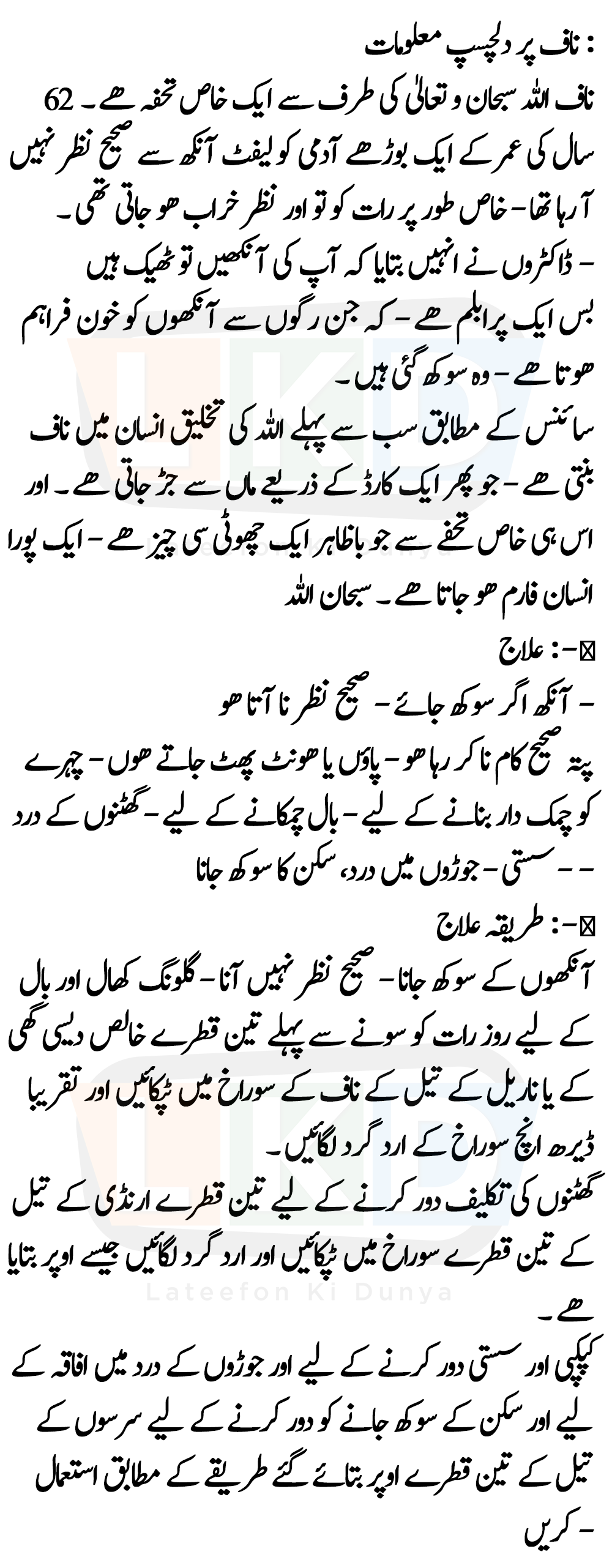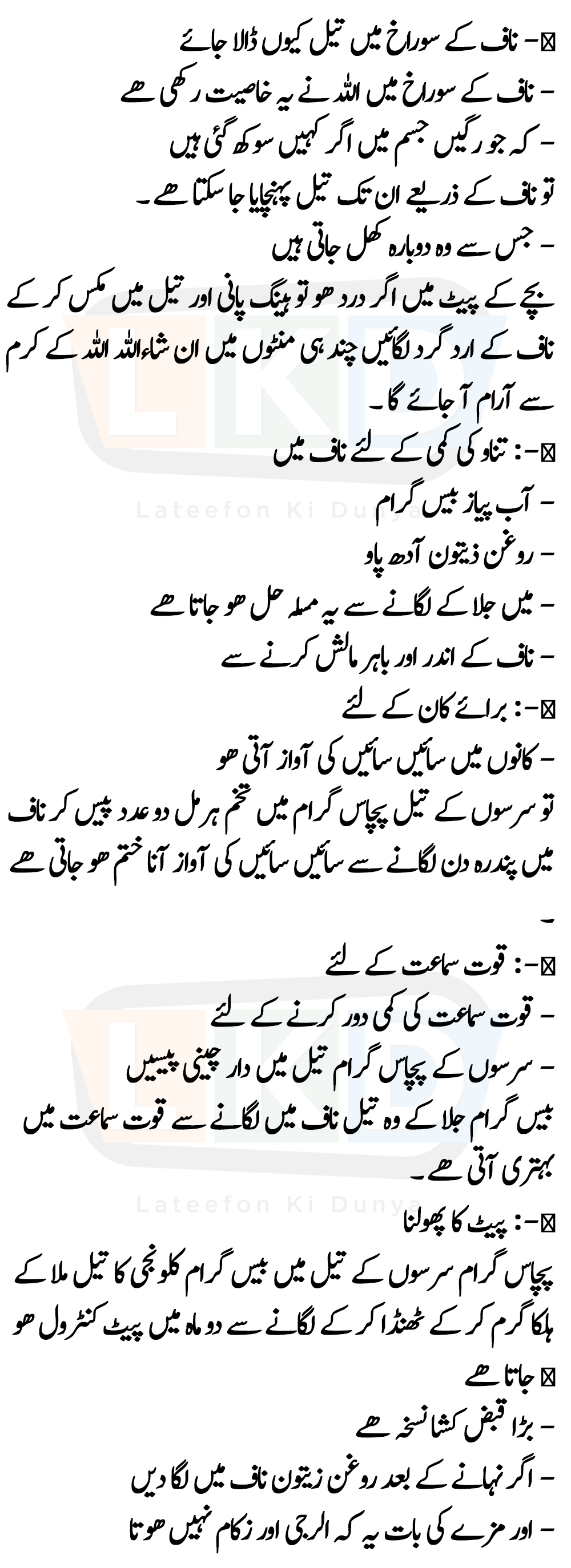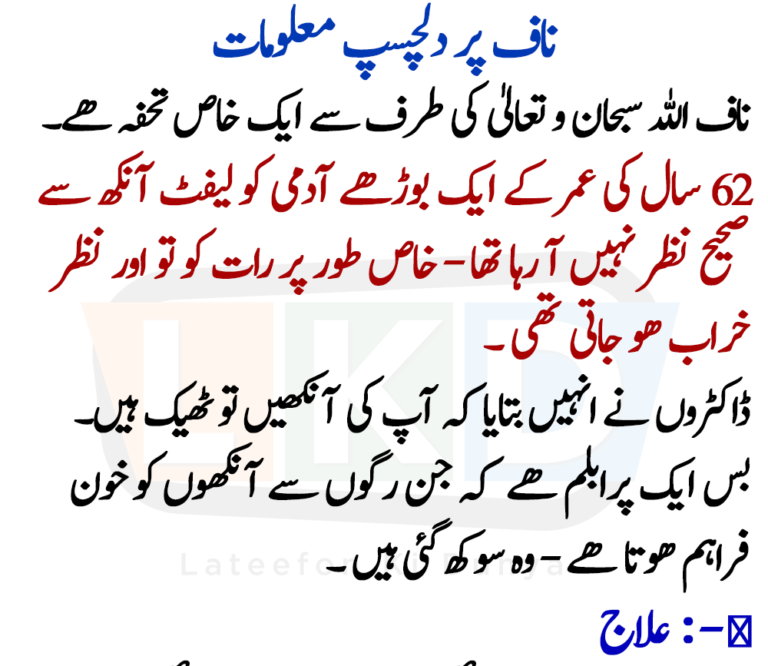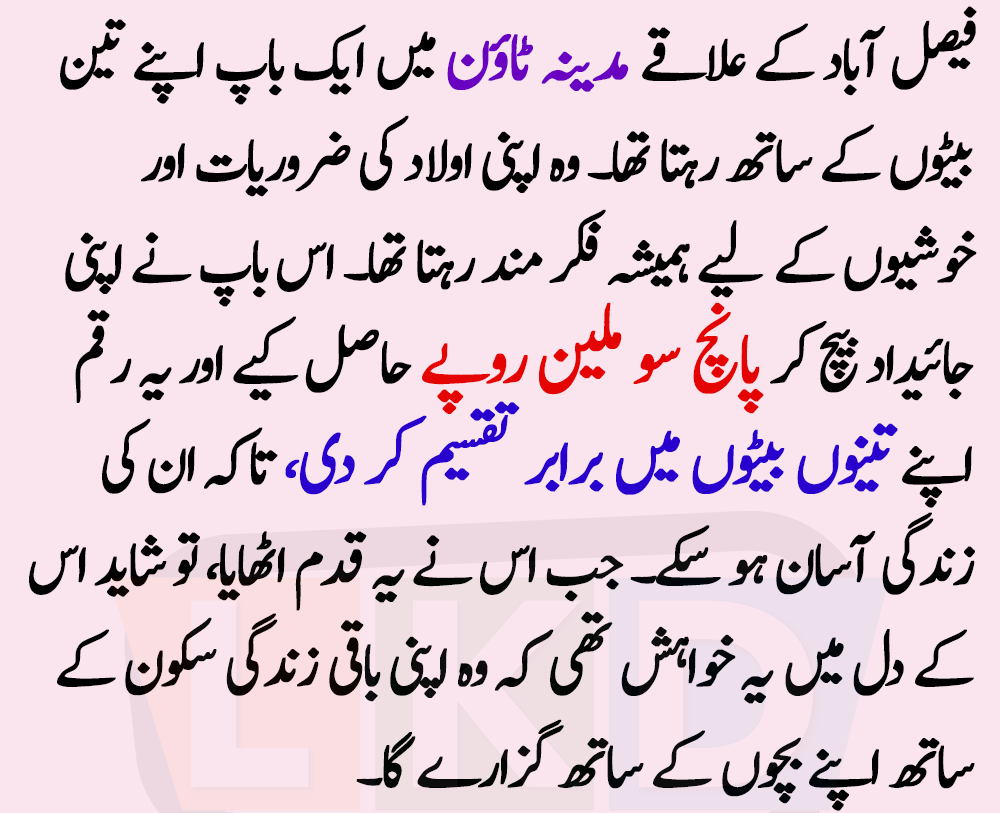Chemical treatments like coloring, perming, straightening, and bleaching can cause significant damage to hair, leading to dryness, breakage, and loss of elasticity. Restoring chemically damaged hair requires a combination of nourishing treatments, hydration, and careful handling. This guide offers practical steps and remedies to help repair and rejuvenate chemically treated hair.



1. Trim Split Ends Regularly
Why It’s Important:
- Chemically damaged hair is prone to split ends, which can worsen over time and cause further breakage. Trimming split ends every 6-8 weeks prevents the damage from spreading and keeps your hair looking healthier.
How to Do It:
- Visit a salon for a professional trim or carefully trim your hair at home using sharp hair-cutting scissors.
- Focus on trimming only the damaged ends to maintain hair length while removing dead, dry parts.
2. Use a Deep Conditioning Treatment Weekly
Why It Works:
- Chemically treated hair loses moisture and protein, leading to dryness and brittleness. Deep conditioning treatments are essential for replenishing lost hydration and repairing damage at a deeper level.
How to Do It:
- Apply a rich, hydrating deep conditioner or mask once a week. Look for products that contain ingredients like keratin, shea butter, and essential oils.
- Leave the mask on for 20-30 minutes before rinsing. For extra effectiveness, cover your hair with a shower cap and apply heat (via a warm towel or hair steamer) to allow deeper penetration of the treatment.
3. Incorporate Protein Treatments
Why It Works:
- Protein treatments help rebuild the hair’s structure, especially when chemical processes like coloring or bleaching have weakened the hair shaft. Protein replenishes keratin, the building block of hair, making strands stronger and more resilient.
How to Do It:
- Use a protein treatment once a month to strengthen damaged hair. Products like keratin masks, hydrolyzed protein serums, or DIY treatments with ingredients like eggs can help rebuild damaged strands.
- Be cautious not to overuse protein treatments, as too much protein can make hair stiff and prone to breakage.
4. Avoid Heat Styling
Why It’s Important:
- Chemically treated hair is already fragile, and heat styling can further weaken the strands, causing more damage. Reducing or eliminating the use of heat tools helps prevent additional stress on damaged hair.
How to Do It:
- Embrace air drying as much as possible and avoid blow-dryers, flat irons, and curling irons.
- If heat styling is necessary, use the lowest heat setting and always apply a heat protectant spray or serum to shield your hair from damage.
5. Use a Bond Repair Treatment
Why It Works:
- Bond-building treatments are specially formulated to repair the broken bonds in hair caused by chemical treatments. These treatments work at the molecular level to rebuild the internal structure of damaged hair.
How to Do It:
- Incorporate a bond repair treatment like Olaplex No. 3, Redken Acidic Bonding Concentrate, or other similar products into your hair care routine. Use these treatments weekly or biweekly, depending on the severity of the damage.
6. Switch to a Sulfate-Free, Moisturizing Shampoo
Why It’s Important:
- Sulfates in shampoos can strip hair of natural oils, exacerbating dryness in chemically damaged hair. A sulfate-free, moisturizing shampoo helps cleanse hair gently while retaining moisture and protecting the hair’s natural oils.
How to Do It:
- Look for sulfate-free shampoos that are formulated for damaged or color-treated hair. Ingredients like argan oil, coconut oil, and aloe vera help retain moisture and nourish the hair.
- Limit shampooing to 2-3 times a week to prevent further stripping of essential oils.
7. Rinse with Cold Water
Why It Works:
- Cold water helps seal the hair cuticle, locking in moisture and reducing frizz. For damaged hair, this simple step can prevent further dryness and make hair appear smoother and shinier.
How to Do It:
- After conditioning your hair, rinse it with cold water for a few seconds. This helps close the hair cuticle and leaves your hair looking shinier and healthier.
8. Use Leave-In Conditioners and Oils
Why It Works:
- Leave-in conditioners and hair oils provide ongoing moisture and protection throughout the day. They help prevent breakage, detangle hair, and add softness to chemically damaged strands.
How to Do It:
- Apply a leave-in conditioner after every wash to lock in moisture and protect hair from environmental stressors. Look for lightweight, silicone-free formulas that won’t weigh down your hair.
- Use nourishing oils like argan oil, jojoba oil, or almond oil to smooth split ends, tame frizz, and add shine. Apply a small amount to damp hair or use it as a finishing touch on dry hair.
9. Sleep on a Silk Pillowcase
Why It Helps:
- Cotton pillowcases can cause friction, leading to more breakage and frizz, especially for chemically damaged hair. A silk pillowcase allows your hair to glide smoothly, reducing friction and breakage overnight.
How to Do It:
- Switch to a silk or satin pillowcase to protect your hair while you sleep.
- For extra protection, consider wrapping your hair in a silk scarf or using a silk hair bonnet to prevent friction and reduce tangling during the night.
10. Take a Break from Chemical Treatments
Why It’s Crucial:
- Giving your hair time to recover from chemical treatments is vital for its overall health and recovery. Continuously applying harsh chemicals to already damaged hair will hinder the repair process and cause further harm.
How to Do It:
- Pause all chemical treatments, including coloring, perming, and relaxing, until your hair has had time to regain strength and health.
- Focus on nourishing and strengthening your hair with treatments and give it at least a few months before considering another chemical process.
11. Stay Hydrated and Eat a Balanced Diet
Why It Works:
- Healthy hair starts from the inside out. Staying hydrated and consuming a diet rich in essential vitamins and minerals helps promote hair repair and growth.
How to Do It:
- Drink plenty of water throughout the day to keep your hair hydrated from within.
- Include hair-healthy foods like nuts, seeds, leafy greens, eggs, and fish in your diet to provide your body with the nutrients it needs to support hair health. Omega-3 fatty acids, vitamins A, C, and E, and biotin are particularly important for hair repair and growth.
12. Be Patient and Consistent
Why It’s Important:
- Repairing chemically damaged hair takes time and consistent care. It’s important to be patient and stick to your hair care routine, as results won’t appear overnight.
How to Do It:
- Stay consistent with your deep conditioning treatments, protein treatments, and regular trims. Over time, you will notice an improvement in the health and appearance of your hair.
- Avoid reverting to damaging habits, such as frequent chemical treatments or excessive heat styling, as these can undo the progress you’ve made.
Conclusion
Chemically damaged hair can be repaired with the right combination of treatments, care, and patience. By focusing on moisture, protein balance, and gentle hair care practices, you can restore your hair’s health and strength over time. Whether through deep conditioning treatments, avoiding heat, or using bond-repairing products, you can rejuvenate your hair and protect it from further damage.



